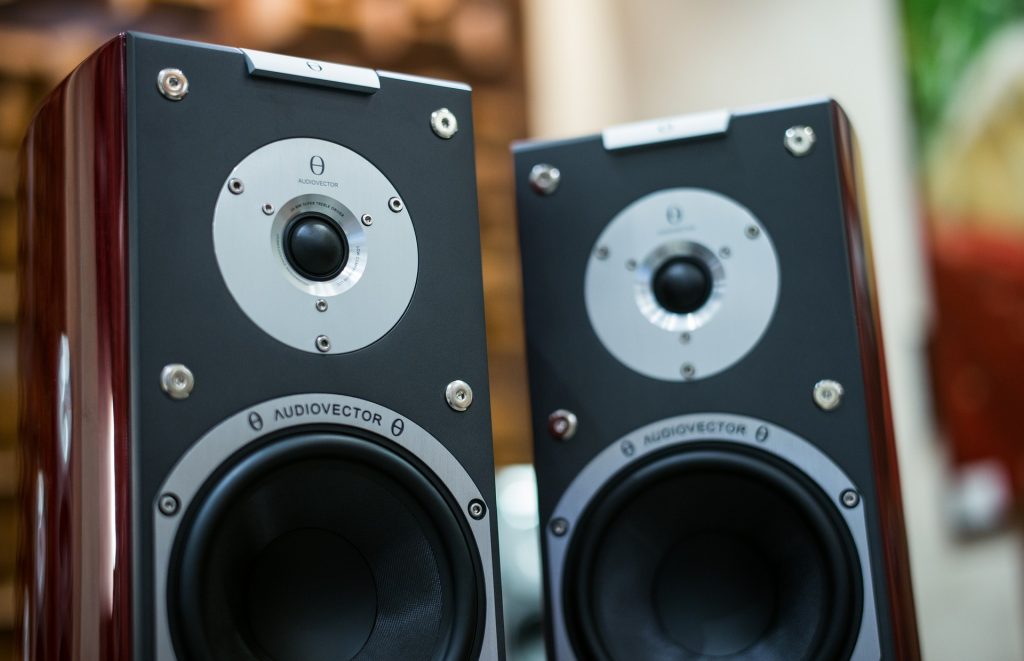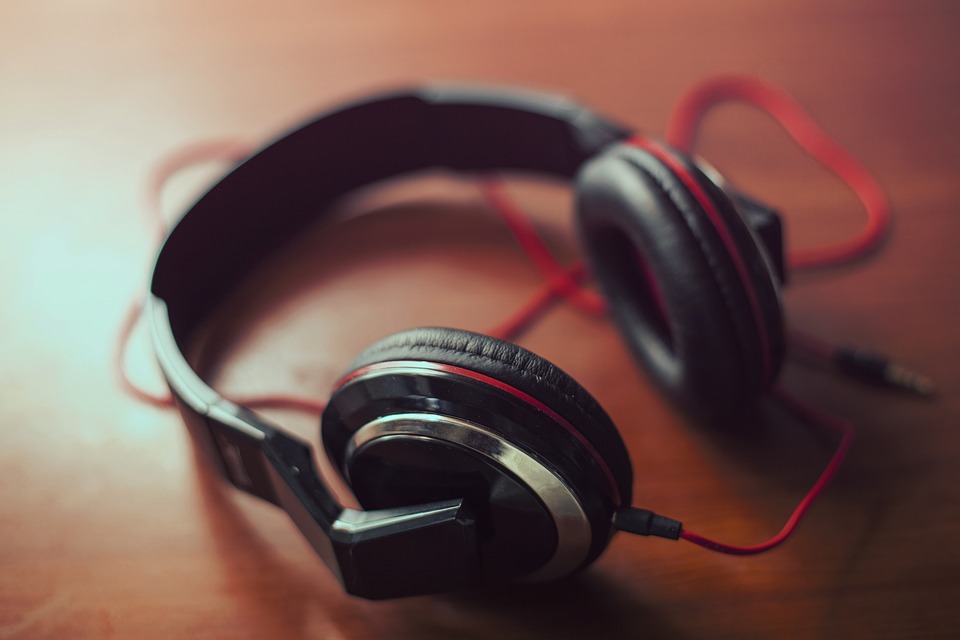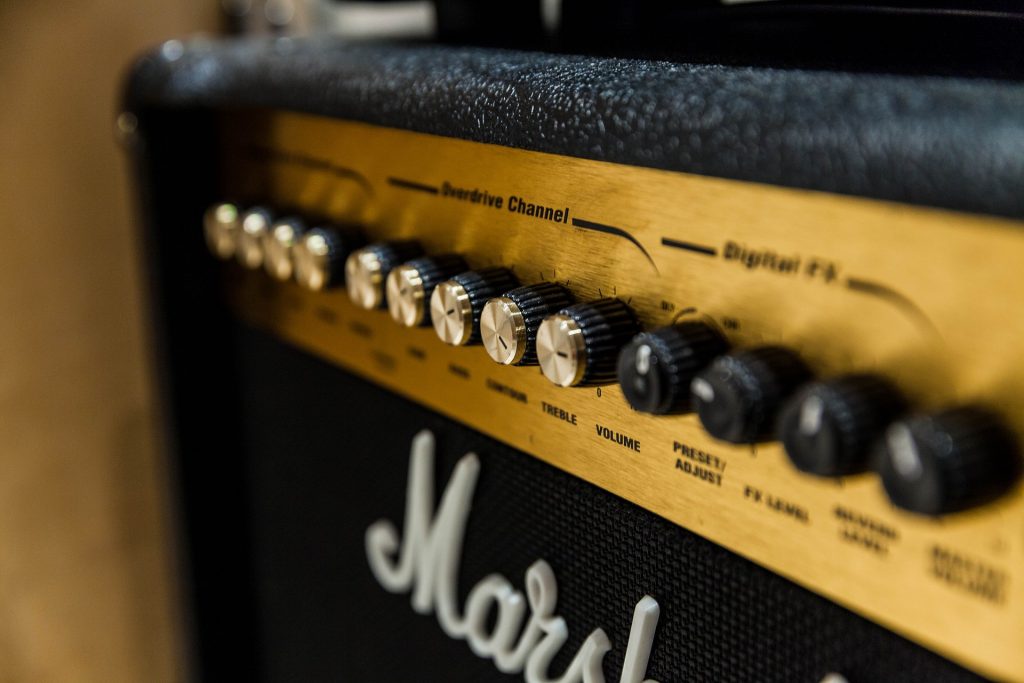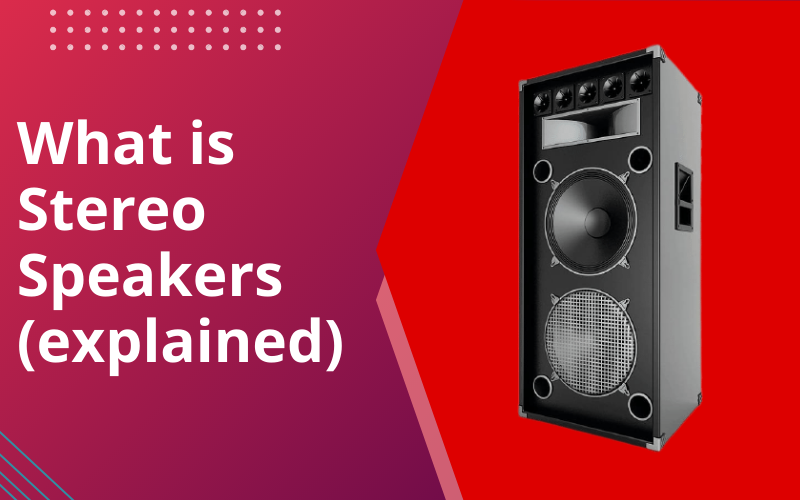Before we get into the details of what stereo speakers are and how they work, let’s quickly understand what speakers are in general.
Loudspeaker or speaker is a device that converts electrical waves into electrical waves or audible sounds and these sounds are produced by vibrations. This vibration sets a series of waves or waves very similar to what is seen when a stone is thrown into a lake. Speakers produce sound (or sound) waves in a variety of waves. It is usually the rate at which air particles vibrate. Noise can be heard from 20 hertz (Hz) to 20 000 Hz or 20 kilohertz (kHz). Speakers are used in all forms of communication and entertainment such as radio and television receivers, recording recorders, answering machines, child monitors, and home stereo entertainment programs etc.
The dynamic speaker is the most common speaker. There are four key speaker types: full-range, tweeter, midrange, and woofer. The full-range speaker is able to replicate much of the spectrum of audio sound. However, the entire audio frequency spectrum of the human ear can not be replicated adequately by a single speaker. The tweeter is designed for higher audio frequencies or treble sounds in the 4-20 kHz range, so other speakers were designed to address the shortcomings of the full-range speaker. In the 1,000 Hz to 10 kHz frequency range, the midrange speaker reproduces sounds. In the 20-1,000 Hz frequency range, the woofer replicates the bass or very low sounds.
What the heck is stereo speaker:

In simple words,Stereo speakers are two speakers built into a single device. They are usually positioned on the left and right side of the device and each speaker uses the respective channel of stereo sound, thus producing a stereo effect, but before making any conclusion that someday somebody just came up with this idea of building two speakers in one, no its not.Before stereo speakers there were mono speakers,you guessed it right,We call it mono or monaural, when sound from a single loudspeaker.
Mono is like the sound of one person speaking: in one place, the audio source is set.
Stereo (stereophonic sound) is very different. The first time you feel the stereo, it sounds like a miracle. Where do the sounds come from? How do they go in your head like that? Stereo is a simple trick: two microphones each play a slightly different sound and our ears and brain combine sounds into a two-dimensional display.You’ll get used to the way the stereo sound bounces back and forth between your ears if you listen to music with headphones. You may hear a drum beat in one ear and a guitar playing in the other. Although the stereo is a great improvement in mono, it is still a double-sided sound. It is possible to make loudspeakers three-dimensional, but you need other speakers to make them sound. Quad (quadraphonic) sound is like a double stereo: you have two speakers in front of you and two in the back. Now the sound can go behind you or in front of you and around you. The surrounding sound used in movie theaters works in the same way.Binaural is a way to make audio recordings three times bigger with just two speakers. Our ears are more than just holes in which sounds can enter. The hills and valleys in our outer ears (pinna) help us to identify the source of the sounds and give the sounds we hear around the world their three-dimensional quality. Standard stereo recording does not capture this directional information, because standard microphones have no bumps and holes that our ears have. Binaural sculptures are done differently using a dummy head with plastic-shaped human ears. Two microphones are placed inside the ear canals so they pick up sounds that are similar to human ears. When the sound is recorded twice, in this way, and then played back by standard headphones, it sounds amazingly different from stereos – and almost life-like.

Now you know what mono and stereo means,so let’s quickly compare their applications head on and also take a look at the sound quality they offer.
But before going into that ,a little bit of knowledge about their history will not do any harm to us, So.
History:

Until the 1940s audio recording was popular and most recordings were made in mono even though a two-channel audio system was shown by Clément Ader in early 1881. In November 1940 the Walt Disney Fantasia became the first motion picture with stereophonic sound. With the advent of magnetic tapes the use of stereo sound became easier. In the 1960s albums were released as monaural LPs and stereo LPs because people still had their old mono players and the radio station was very AM. Similarly the movies were removed from both versions because some theaters did not have stereo speakers. Today there are no monaural standards for 8-track tape and compact disc and all films are produced with stereophonic audio.
Application:
Mono audio is preferred for cell phone communications, telephone networks, and radio stations set up for chat and chat shows, public address systems, hearing aids. Stereo audio is preferred for listening to music, theaters, radio stations dedicated to music, FM broadcasting and Digital Audio Broadcasting (DAB).

Sound Quality:
Mono audio recording is done mainly with a single microphone and only one speaker is required to listen to the sound. On most headphones and speakers the modes combine to form a single signal and be sent. The signal does not have a level, arrival time or section information that can duplicate or mimic directional directions. Everyone hears the same signal and at the same sound level. The sound played for example by each instrument in the group will not be audible even though you will have complete fidelity. Recorded hands recording audio in mono. It is cheap and easy to record in mono audio.

Stereo recording is done with two or more special microphones. The stereo effect is achieved by the careful placement of microphones that receive different levels of sound quality even though the speakers need to be able to produce stereo and also require careful placement. These audio systems have two or more independent signal channels. It is expensive and requires skill to record stereo sound.
Conclusion:
So,finally we have come to an end ,I know this is lot to know ,but wait,now you can confidently say that you know enough about speakers , their sound quality and some fancy scientific terms like frequency ,hertz(Hz) which you can show off next time when you will go to buy any kind of speakers.
